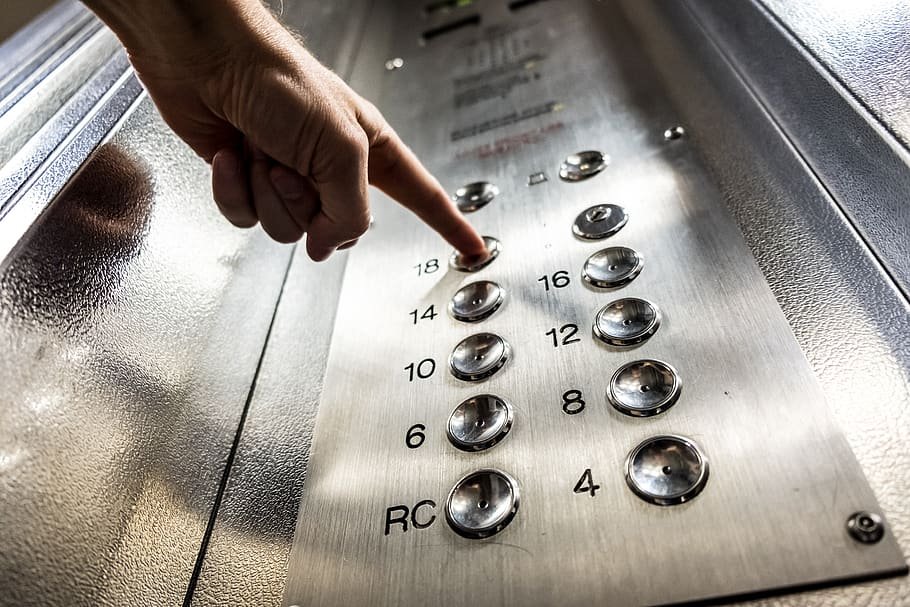Factor Affecting Lifespan of Elevator
The lifespan of an elevator is subjected to many influences, where proper maintenance and design considerations are important factors to determine how long it will last. Here are some key factors that may affect the lifespan of an elevator
Quality of Installation-The initial installation of the residential elevator is critical. If not done properly, it can lead to issues that may shorten the lifespan of the elevator. Professional installation ensures that the system functions correctly from the start.
Regular Maintenance-Routine maintenance is essential for keeping the elevator in optimal condition. Regular inspections, lubrication, and part replacements can prevent wear and tear, addressing potential issues before they escalate.
Usage Patterns-The frequency and intensity of elevator use can impact its lifespan. High-traffic buildings may experience more wear and tear, requiring more frequent maintenance and potentially shortening the overall lifespan.
Technology and Equipment Quality-residential elevators with advanced technology and high-quality components tend to have a longer lifespan. Upgrading outdated components or systems can enhance the overall performance and extend the elevator's life.
Compliance with Regulations-Compliance with safety and regulatory standards. An elevator that meets current codes and regulations is likely to be safer, more reliable, and have a longer operating life.
Emergency Preparedness -Apart from being safe and reliable, a good elevator should be equipped with reliable emergency systems. These include power backup, fail-safe brakes, communication devices, among others, to counter unexpected situations and ensure minimal damage to the elevator and safety of passengers in such situations.
Upgrades and Modernization -Periodic up-gradation and modernization can ensure elongation of the life of older elevator systems. The replacement of more dated components with newer, higher efficiency variants could improve performance and safety.


